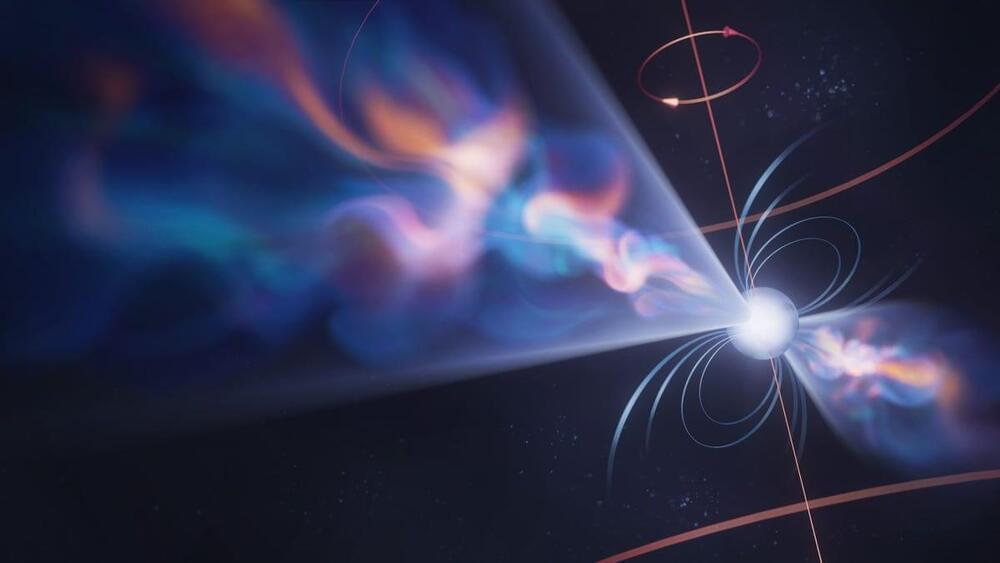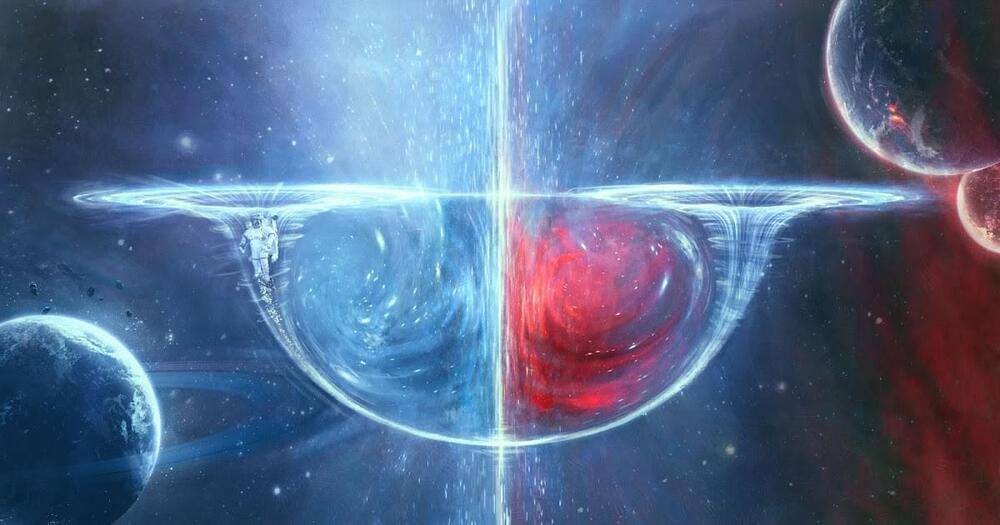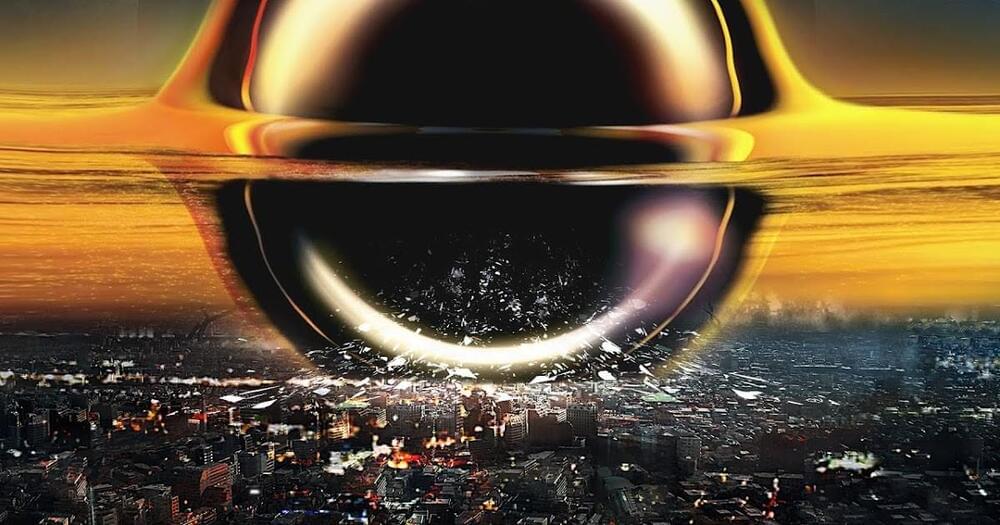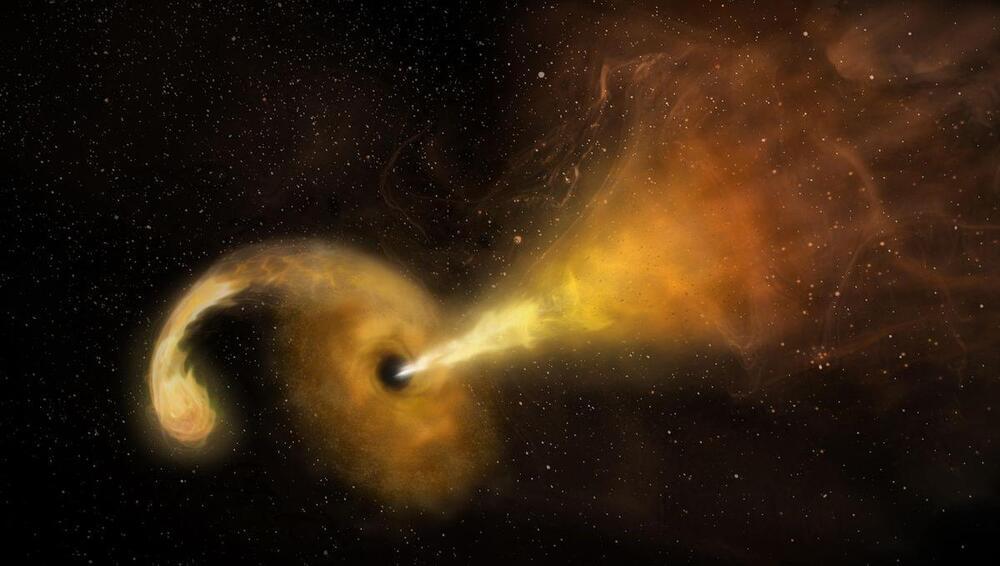Facing a power wall and the limit of physics, chip makers are in a constant battle to reengineer and re-evaluate ways to build a better CPU.


Want to stream more content like this… and 1,000’s of courses, documentaries & more?
👉 👉 Start Your Free Trial of Wondrium https://tinyurl.com/jhj7xbxd 👈 👈
It’s said that the clock is always ticking, but there’s a chance that it isn’t. The theory of “presentism” states that the current moment is the only thing that’s real, while “eternalism” is the belief that all existence in time is equally real. Find out if the future is really out there and predictable—just don’t tell us who wins the big game next year.
This video is episode two from the series “Mysteries of Modern Physics: Time”, Presented by Sean Carroll.
Learn more about the physics of time at https://www.wondrium.com/YouTube.
00:00 Science and Philosophy Combine When Studying Time.
2:30 Experiments Prove Continuity of Time.
6:47 Time Is Somewhat Predictable.
8:10 Why We Think of Time Differently.
8:49 Our Perception of Time Leads to Spacetime.
11:54 We Dissect Presentism vs Eternalism.
15:43 Memories and Items From the Past Make it More Real.
17:47 Galileo Discovers Pendulum Speeds Are Identical.
25:00 Thought Experiment: “What if Time Stopped?”
29:07 Time Connects Us With the Outside World.
Welcome to Wondrium on YouTube.

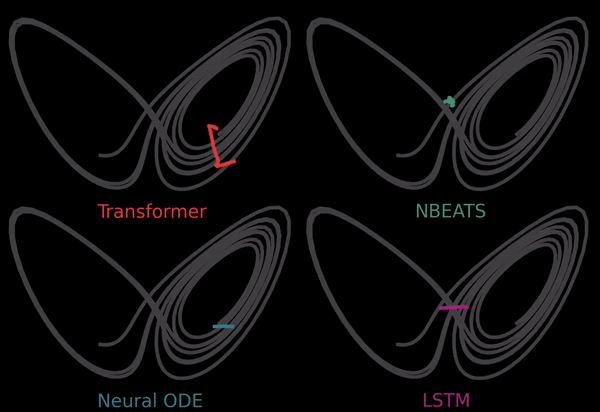
The science of predicting chaotic systems lies at the intriguing intersection of physics and computer science. This field delves into understanding and forecasting the unpredictable nature of systems where small initial changes can lead to significantly divergent outcomes. It’s a realm where the butterfly effect reigns supreme, challenging the traditional notions of predictability and order.
Central to the challenge in this domain is the unpredictability inherent in chaotic systems. Forecasting these systems is complex due to their sensitive dependence on initial conditions, making long-term predictions highly challenging. Researchers strive to find methods that can accurately anticipate the future states of such systems despite the inherent unpredictability.
Prior approaches in chaotic system prediction have largely centered around domain-specific and physics-based models. These models, informed by an understanding of the underlying physical processes, have been the traditional tools for tackling the complexities of chaotic systems. However, their effectiveness is often limited by the intricate nature of the systems they attempt to predict.
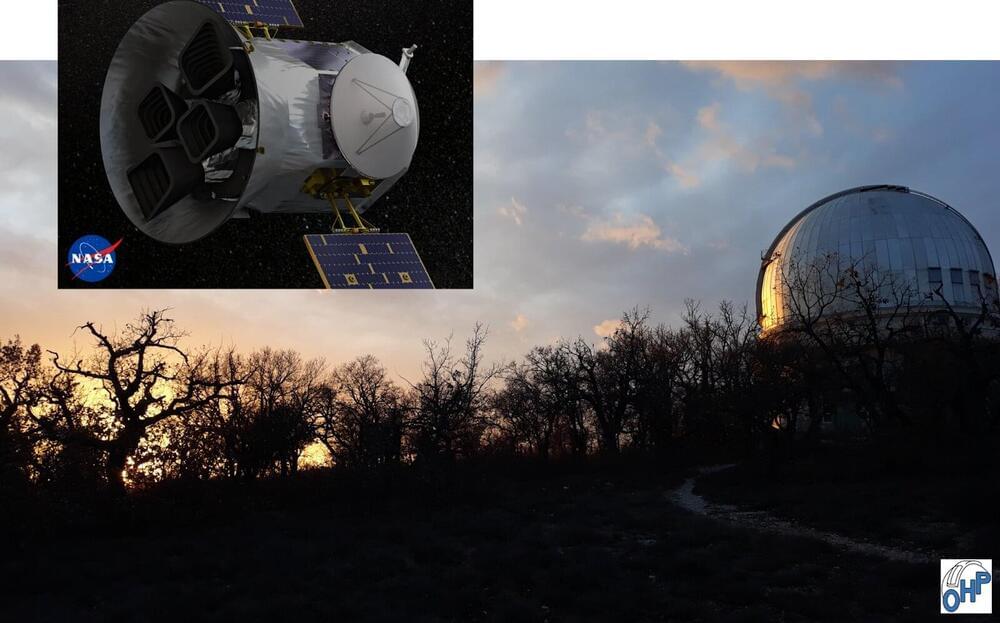
A study published today (Dec. 15) in the journal Astronomy & Astrophysics reveals the discovery of two new planetary systems orbiting stars similar to our sun, also known as solar analogs.
The study was led by Dr. Eder Martioli, a full researcher at the Laboratório Nacional de Astrofísica (LNA/MCTI) and an associate researcher at the Institut d’astrophysique de Paris (IAP), and by Dr. Guillaume Hébrard, a researcher at the Institut d’astrophysique de Paris (IAP).
Observations responsible for detecting these two systems, named TOI-1736 and TOI-2141, were conducted using NASA’s TESS space telescope and the SOPHIE spectrograph installed on the 1.93 m telescope at the Observatoire de Haute-Provence (OHP) in southern France, both illustrated in Figure 1.
PBS Member Stations rely on viewers like you. To support your local station, go to: http://to.pbs.org/DonateSPACE
Sign Up on Patreon to get access to the Space Time Discord!
/ pbsspacetime.
If we ever want to simulate a universe, we should probably learn to simulate even a single atomic nucleus. But it’s taken some of the most incredible ingenuity of the past half-century to figure out how that out. All so that today I can teach you how to simulate a very very small universe.
Check out the Space Time Merch Store.
https://www.pbsspacetime.com/shop.
Sign up for the mailing list to get episode notifications and hear special announcements!
https://mailchi.mp/1a6eb8f2717d/space… the Entire Space Time Library Here: https://search.pbsspacetime.com/ Hosted by Matt O’Dowd Written by Euan McLean & Matt O’Dowd Post Production by Leonardo Scholzer, Yago Ballarini, Pedro Osinski, Adriano Leal & Stephanie Faria GFX Visualizations: Ajay Manuel Directed by Andrew Kornhaber Associate Producer: Bahar Gholipour Executive Producers: Eric Brown & Andrew Kornhaber Executives in Charge (PBS): Adam Dylewski, Maribel Lopez Director of Programming (PBS): Gabrielle Ewing Spacetime is produced by Kornhaber Brown for PBS Digital Studios. This program is produced by Kornhaber Brown, which is solely responsible for its content. © 2022 PBS. All rights reserved. End Credits Music by J.R.S. Schattenberg: / multidroideka Special Thanks to Our Patreon Supporters Big Bang Supporters Steffen Bendel Gautam Shine NullBlox. ZachryWilsn Adam Hillier Bryce Fort Peter Barrett David Neumann Charlie Leo Koguan Ahmad Jodeh Alexander Tamas Morgan Hough Amy Hickman Juan Benet Vinnie Falco Fabrice Eap Mark Rosenthal David Nicklas Quasar Supporters Glenn Sugden Dr. Sujasha Gupta Vaka Dr. Vikram Reddy Vaka Alex Kern Ethan Cohen Stephen Wilcox Christina Oegren xaexyz Mark Heising Hank S Hypernova Supporters john ibes Vyce Ailour Brandon Paddock Oneamazinguy Ken S Gregory Forfa Kirk Honour Mark Evans drollere Joe Moreira Marc Armstrong Scott Gorlick Paul Stehr-Green Russell Pope Ben Delo Scott Gray Антон Кочков John R. Slavik Mathew Donal Botkin John Pollock Edmund Fokschaner Joseph Salomone chuck zegar Jordan Young John Hofmann Daniel Muzquiz Gamma Ray Burst Supporters Kane Holbrook Bradley S. Isenbek Jason Bowen John Yaraee Ross Story teng guo Mason Dillon Harsh Khandhadia Thomas Tarler bsgbryan Sean McCaul Carsten Quinlan Susan Albee Frank Walker Matt Q WhizBangery MHL SHS Terje Vold Anatoliy Nagornyy comboy Andre Stechert Paul Wood Kent Durham jim bartosh Nubble Scott R Calkins The Mad Mechanic Ellis Hall John H. Austin, Jr. Diana S Ben Campbell Faraz Khan Almog Cohen Alex Edwards Ádám Kettinger MD3 Endre Pech Daniel Jennings Cameron Sampson Geoffrey Clarion Darren Duncan Russ Creech Jeremy Reed Eric Webster David Johnston Web Browser Michael Barton Mr T Andrew Mann Isaac Suttell Devon Rosenthal Oliver Flanagan Bleys Goodson Robert Walter Bruce B Mirik Gogri Mark Delagasse Mark Daniel Cohen Nickolas Andrew Freeman Shane Calimlim Tybie Fitzhugh Robert Ilardi Eric Kiebler Craig Stonaha Graydon Goss Frederic Simon Tonyface John Robinson A G David Neal justahat John Funai Tristan Bradley Jenkins Kyle Hofer Daniel Stříbrný Luaan Cody Thomas Dougherty King Zeckendorff Dan Warren Patrick Sutton John Griffith Daniel Lyons DFaulk Kevin Warne.
Search the Entire Space Time Library Here: https://search.pbsspacetime.com/
